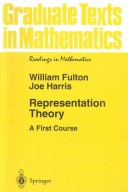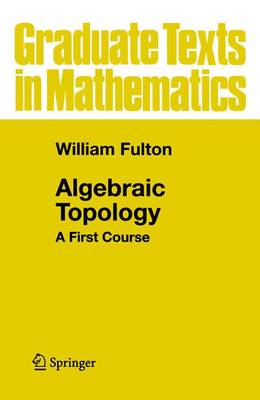Graduate Texts in Mathematics
4 primary works
Book 129
Book 133
"This book succeeds brilliantly by concentrating on a number of core topics...and by treating them in a hugely rich and varied way. The author ensures that the reader will learn a large amount of classical material and perhaps more importantly, will also learn that there is no one approach to the subject. The essence lies in the range and interplay of possible approaches. The author is to be congratulated on a work of deep and enthusiastic scholarship." --MATHEMATICAL REVIEWS
Book 153
Book 197
Grothendieck's beautiful theory of schemes permeates modern algebraic geometry and underlies its applications to number theory, physics, and applied mathematics. This simple account of that theory emphasizes and explains the universal geometric concepts behind the definitions. In the book, concepts are illustrated with fundamental examples, and explicit calculations show how the constructions of scheme theory are carried out in practice.



